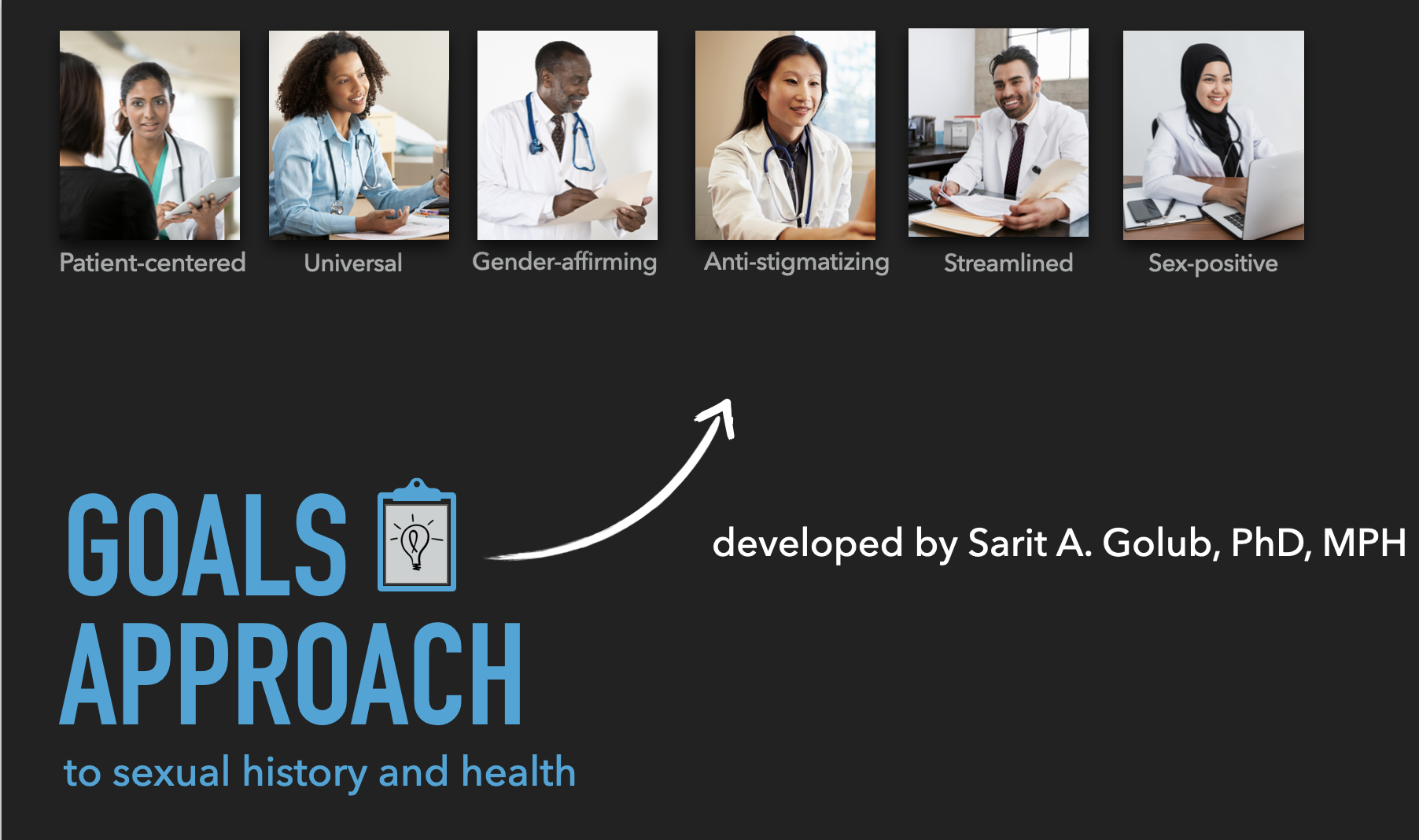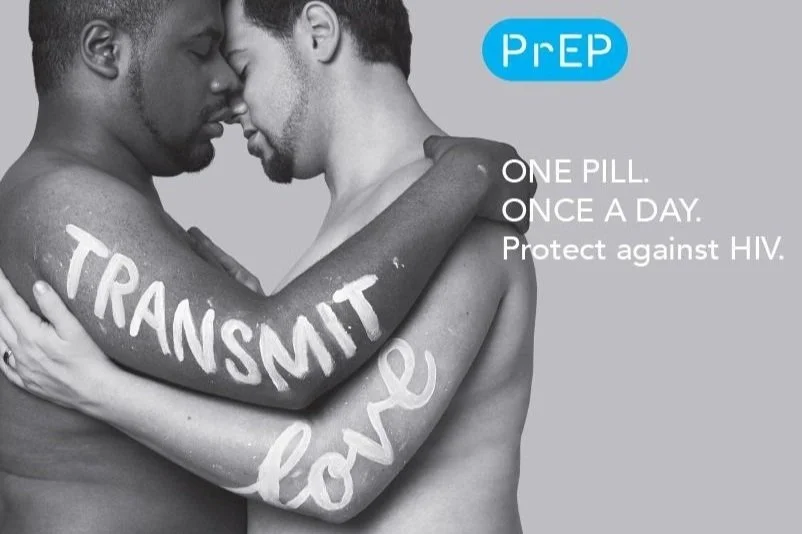Gender and Sexuality
Themes of gender and sexuality inform the majority of work in our lab. We study the impact of traditional and evolving conceptions of femininity, masculinity, and the gender binary on personal identity and interpersonal interaction. We examine the meaning of sexuality and sexual expression and the ways in which in these contribute to physical, mental, emotional, and relational health. We focus on the politics of sex and gender and its role in shaping narrative, experience, and meaning.
Funded Research Projects
Designing a Sexual Health Kit for Women in NYC
Funded by the National Institutes of Health (NIAID), CFAR Supplement Grant | P30AI124414-05 (Sarit Golub/Oni Blackstock, MPI)
September 2020 - April 2022
This project is a collaboration with the New York City Health Department (NYC HD) to develop a sexual health kit that could be delivered to women in NYC to increase rates of home-based HIV testing and engagement HIV prevention services. We worked in collaboration with the NYC Women’s Advisory Board (WAB) to develop messaging for the project (the final “control” message is displayed at the right), and worked in collaboration with Instagram influencers on recruitment. We surveyed 587 women living in NYC (68% Black; 27% Latina) regarding their preferences for items that might be included in such a kit, as well as their willingness to receive and use specific kit items. We used MaxDiff scaling to identify the relative preference share associated with specific kit items (e.g., STI tests, menstrual products, beauty products) and used TURF analyses to recommend an optimal sexual health kit that would be appealing to the largest percentage of NYC women, and/or to specific high-priority subgroups.
Impact Spotlights — how our research is making a difference
GOALS Approach to Sexual Health
Dr. Golub’s development and dissemination of the GOALS Approach is an example of the way in which our research is translated into specific practice-based tools designed to reduce stigma and enhance equity.
Dr. Golub developed GOALS in collaboration with the NYC Health Department to make the process of sexual history taking faster, easier, more effective, and more equitable. GOALS is a data-driven approach that trains providers to use affirming, non-discriminating, anti-stigmatizing and trauma-informed language in all HIV prevention conversations with clients/patients.
The GOALS Approach was adopted as part of the New York State Department of Health AIDS Institute’s Clinical Guidelines Program. On their website, you can find a summary of the approach, as well as a pocket guide for clinicians to facilitate their use of GOALS in clinical encounters.
The GOALS Approach is also disseminated by the Southeast AIDS Education and Training Center as a self-paced, CME on-line course. This course is free, and has been used by clinicians all over the country to train their staff on taking a more sex-positive and stigma-free sexual history.
And in 2022, the New York City Health Department (NYC HD) required all agencies that receive HIV prevention contracts to implement the GOALS Approach to Sexual History and Health. In addition to providing focused training and technical assistance to agencies in training their providers to use GOALS, the NYC HD created their own “clinical champion” video, with GOALS testimonials from physicians and providers and physician-led roleplaying scenarios.
Intimacy and the PrEP4 love Campaign
The PrEP4Love Campaign is an example of the ways in which our research is read and adopted by community advocates and implementers.
In a study published in the Annals of Behavioral Medicine, we highlighted the role of intimacy in decision-making around pre-exposure prophylaxis (PrEP), a biomedical HIV prevention strategy. We found that a desire for greater intimacy with partners was the most important motivator for choosing PrEP as an alternative to condom use.
This research was credited by Jim Pickett as one of the “scientific bases” of the spectacular PrEP4Love campaign led by the AIDS Foundation of Chicago and the Chicago PrEP Working Group (see photo above).
The paper also sparked a detailed commentary by Kristen Underhill on the importance of these findings for future research, including focusing on the “secondary” benefits of PrEP use for relationships and expanding couples-based approaches to HIV prevention.
We have since continued this line of research with a follow-up paper in Annals of Behavioral Medicine and another in Personality and Social Psychology Bulletin. This line of research, pioneered and led by HART collaborator (and former doctoral student) Dr. Kristi Gamarel, focuses on the impact of relational closeness, closeness discrepancies, and intimacy motivations on sexual health goals and behavior.
STUDENT RESEARCH and Pilot Projects
Attributions of Blame for Pregnancy and HIV
Alison Goldberg, PhD Dissertation Project (2022-present)
This project applies the Path Model of Blame (Malle et al., 2014) to three studies hypothesizing that differences in providers’ support for – and prescription of -- PrEP and contraception for cisgender women result from an interplay of ideological and/or prejudicial beliefs, attributions of blame, and affective responses to perceived norm violations (operationalized as moral outrage).
Perspective and Perceptions of Consent
Alison Goldberg, MA Thesis Project (2019-2020)
This study examined the role of perspective-taking in judgements of consent, applying research from attribution theory and moral relevance. In a factorial experimental design, this project examined the role of participant and target gender in both sexual and non-sexual situations.
Gender Identity: Dimensions of Importance
Pilot Project (2018-present)
This study examines the ways in which individuals conceptualize gender, exploring the diversity of attributes, traits, experiences, and behaviors that people rate as “most important” to their gender identity. We are recruiting participants with a diversity of gender identities in an effort to learn more about the meaning of gender and the role of gender in self-concept.
Selected Publications in gender and Sexuality
Gamarel, K. E., & Golub, S. A. (2020). Sexual goals and perceptions of goal congruence in individuals’ PrEP adoption decisions: A mixed-methods study of gay and bisexual men who are in primary relationships. Annals of Behavioral Medicine. 54(4), 237-248.
Golub, S.A., Thompson, L., & Kowalczyk, W. (2016). Affective differences in Iowa Gambling Task performance associated with sexual risk taking and substance use among HIV-positive and HIV-negative men who have sex with men. Journal of Clinical and Experimental Neuropsychology, 38(2), 141-157.
1Walker, J. N. J., Longmire-Avital, B., & Golub, S. (2015). Racial and sexual identities as potential buffers to risky sexual behavior for Black gay and bisexual emerging adult men. Health Psychology, 34(8), 841.



